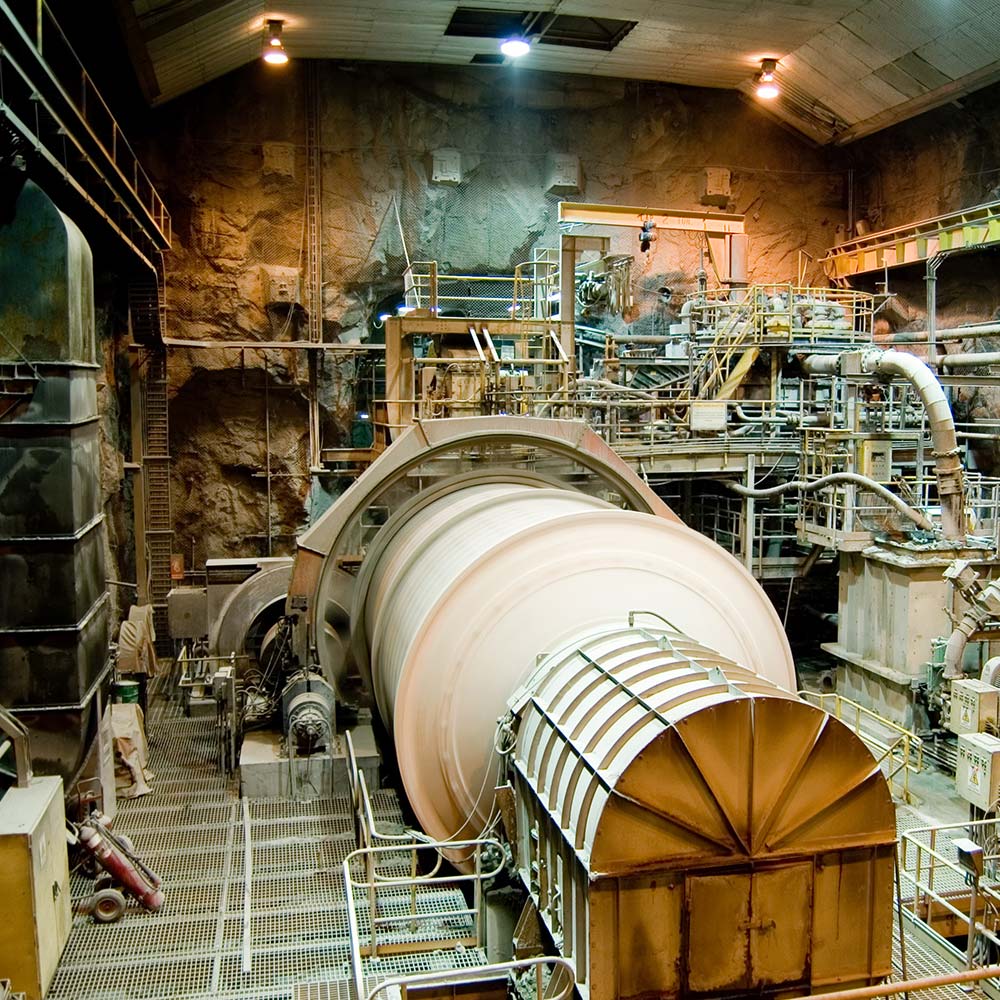Liquid Rheostats
A low-cost alternative for electric motors.
HECO will provide the liquid rheostat you need to succeed.
Liquid rheostats have been proven to be a low-cost alternative to variable-speed drives in starting and continuous-duty applications for electric motors. Whatever you need in the way of liquid rheostats, HECO will ask the right questions, then provide the one you need to do the job right.
We sell, refurbish, and supply the AC induction-wound rotor motors that liquid rheostats drive, offering a complete package to meet your needs.
What HECO offers:
- Cleaning and repair of customer tanks
- New components: electrodes, bushings, DC motors, PLCs
- Retrofits of different units
- New ground-up builds in either plain steel or stainless steel
- New and refurbished wound rotor motors from multiple manufacturers including WEG, Schorch, Helmke, and TECO Westinghouse
